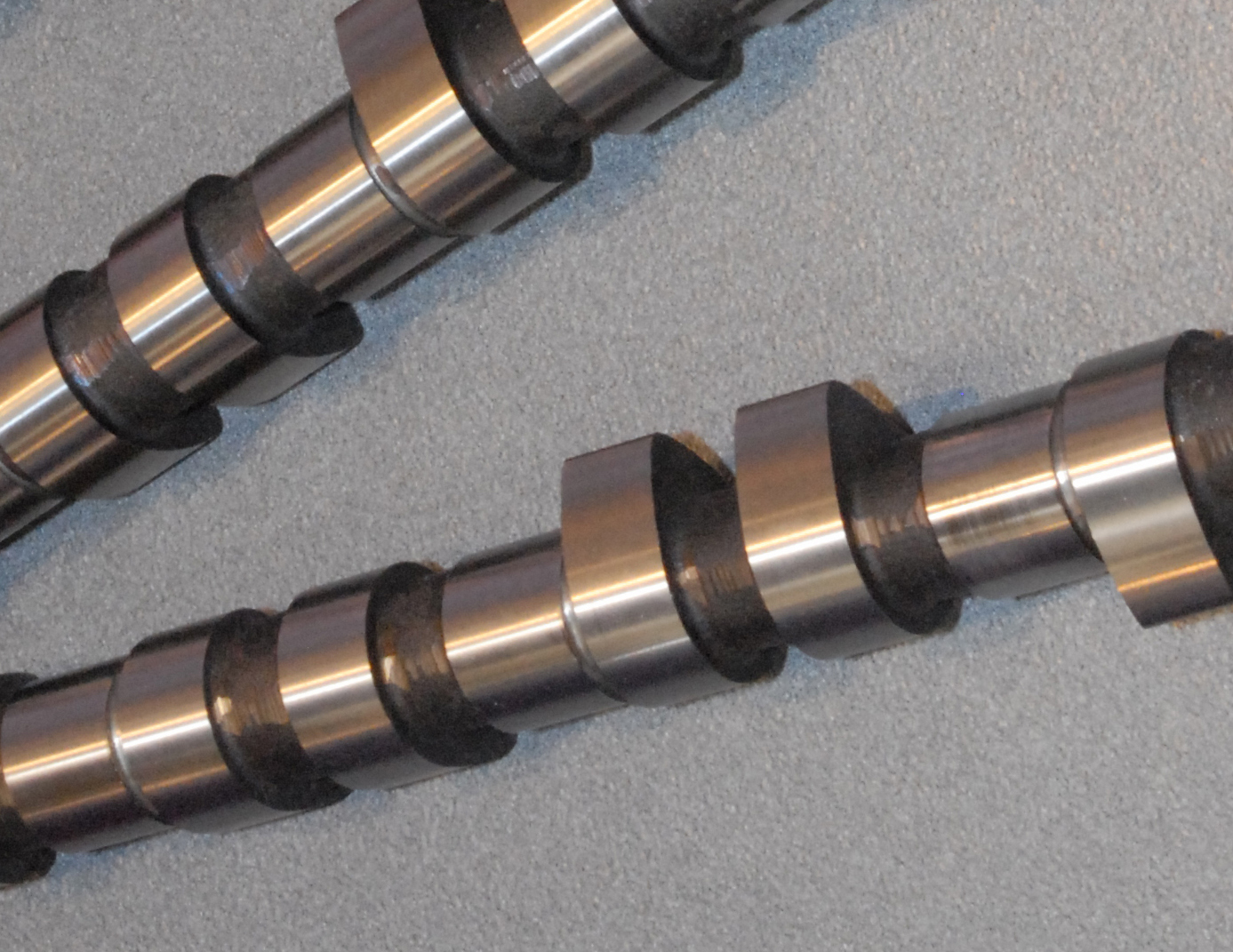Smooth operator
In a recent poll of Britain’s sexiest fictional characters, despite it being dominated almost exclusively by men, the top slot was, unsurprisingly, James Bond. The creation of author Ian Fleming, Bond could handle multiple, often complex situations and therefore, it is thought, being in control of the situation, endeared himself to the opposite sex. Described as a ‘smooth operator’ this is indeed the description any designer would wish also to be applied to the profile of his camshaft.
In the design of the camshaft profile there can be many constraints, such as the required maximum lift required to deliver the rated performance. From this are derived all the practicalities of achieving this lift and, crucially, that point relative to the piston motion which best produces the engine torque curve desired. Following on from this we have the maximum velocity of the valve often limited by the diameter of the tappet in direct drive systems, and of course the accelerations and decelerations of the valvetrain controlled by the selection of the valve return spring.
Jerk – the rate of change of acceleration – is another parameter. It’s not perhaps considered as important as those of velocity and acceleration, but high rates of jerk can introduce other problems of a dynamic nature, when abnormal follower motion such as jumping, bouncing or indeed spring surge can result in loss of control of the valve. Attributed to high-frequency harmonic motions within the valvetrain, to minimise this loss of control, profile smoothing techniques are now most commonly used.
If the cam profile is considered as a continuous surface made up from a number of mathematically described polynomial curves, then alongside these constraints the designer also has those of simple continuity. Thus, using a simple polynomial equation, the velocity of the surface of the cam at the end of one of these curves ideally needs to be equal to the beginning of the next, to minimise any instantaneous jump in velocity. Likewise, any sudden change in velocity will create unnecessary jerk, which can excite any of the cam harmonics and lead to dynamic issues in the valvetrain.
The problem with polynomial equations is that they are difficult to manipulate. So cam designers in the past have come up with the concept of ‘splines’: the mathematical equivalent of ‘French’ curves. These are easier to manipulate, and when used in conjunction with a multi-polynomial curve will ensure not only that the end points of each section of the curve will be the same as the beginning of the next section but that the gradients at the intersection will be the same.
Depending on the order of the spline, the various derivatives will be matched at the joins or ‘knots’ where two curves meet. For example, a quadratic spline will have a discontinuity at the second derivative (acceleration) since the first derivatives of each curve will be matched. The velocity will therefore be continuous but the acceleration will be discontinuous. Likewise a cubic spline (third order) will be continuous at the second derivative (acceleration) but discontinuous at jerk, while a fourth-order spline will have continuous jerk derivatives.
So the surface generated using these techniques will be hugely improved, and the resulting valvetrain motion – unlike Bond’s dry Martini – will be neither shaken nor stirred.

Fig. 1 - All well-designed camshaft profiles will have been through some kind of profile smoothing process
Written by John Coxon